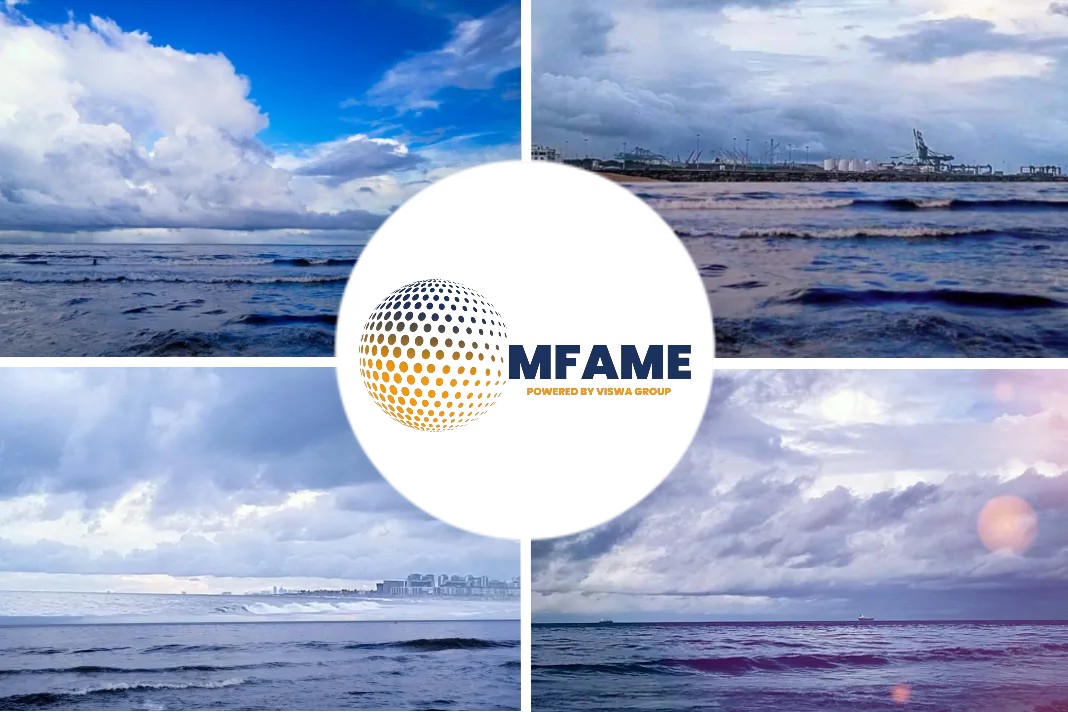- Fundamentals, pace of renwables development to keep gas prices up
- Orderbook for ammonia dual-fuel ships ramping up
- Pavilion Energy continues to build carbon offsets business
Gas prices will likely stay elevated over the next two to three years as demand outpaces supply, while renewables are set to receive a key impetus globally, particularly against the backdrop of the Russia-Ukraine war, with hydrogen expected to play a key role as energy security becomes pertinent, Alan Heng, Group CEO of Singapore’s Pavilion Energy, said Oct. 26, reports SP Global.
Long-term contracts instead of spot?
Still, there is a large segment of customers who buy on long-term contracts instead of spot and “they’ve been lifting quite well” because those prices are usually linked either to oil or Henry Hub values and that has given them an advantage, Heng continued.
Prompt prices have declined in the last few weeks, reflecting terminal congestion, a warmer-than-expected start of winter and sufficient storage. However, it does not change the shortfall in supply-demand fundamentals, Heng noted.
“I think we are in an environment where we will see elevated prices,” he added.
China has shied away from LNG imports for most of this year because of an economic slowdown and sufficient pipe gas.
“But they will get back to the market at some stage,” Heng said, noting that its return would support the LNG market.
Meanwhile, gas demand will also be supported as it would take time for renewables to ramp up.
“Most countries are looking at it and saying how do I secure energy?” Heng said. “If you have the capability and capacity for developing renewables, that will take off.”
However, Heng acknowledges that it will take time to build capability — be it wind power, additional solar power panels, more grid facilities or battery storage.
“So, unfortunately, you won’t see an immediate reaction.”
Nevertheless, it is important to push on and overcome the challenges that renewables pose.
“I think it’s good for us [the world] to embrace hydrogen because it is a fundamental molecule that provides energy. The issue is how to turn it into a viable material commodity that can be distributed freely. That’s the biggest challenge,” Heng said.
Clarity and certainty are necessary in its production and transportation, while shifting focus from grey hydrogen to blue hydrogen and to green hydrogen, Heng said, adding that the transition within hydrogen will depend on technology and costs.
In this direction, Singapore announced its national hydrogen strategy Oct. 25 to develop low-carbon hydrogen as a fuel source for the power and industrial sectors, and to decarbonize the maritime and aviation sectors.
The country’s hydrogen strategy will have five key components — experiment with advanced hydrogen technologies that are on the cusp of commercial readiness, conduct further research and development, work with the industry to scale up supply chains for low-carbon hydrogen, mass deployment of hydrogen including infrastructure to import, store and transform the hydrogen into power, and new tertiary industries like finance, trading, certifying, transporting, storage and deployment.
Multi-fuel bunkering future
With prompt LNG prices hovering around $35-$40/MMBtu, it has been challenging for shipowners to continue to subscribe to LNG bunkering, with many turning to diesel because it is cheaper, Heng said.
“But we think this is a phase where once supply and demand rebalances, LNG will get back to a more normal price level and there will be an uptake for LNG,” he said.
Pavilion Energy spearheaded various LNG bunkering initiatives in Singapore. The Brassavola, which is the first newbuild LNG bunker vessel for Pavilion Energy, is scheduled to be operational in Q1 2023. When launched into operation, it will be the largest LNG bunker vessel in service in the Port of Singapore.
“The next [big] thing is ammonia, and we see the possibility for ammonia bunkering,” Heng said, noting that the orderbook for dual-fueled ships that can run on ammonia jumped in the last quarter amid high LNG prices
“So, it’s gaining traction,” he added.
Heng, however, said that energy transition was not about just one winning fuel but a range of fuels.
“The range of fuels will give us the diversity we need and also at which point those fuels will hit the cost curve which will allow for rapid deployment,” he added.
Carbon offsets
Pavilion Energy remains committed to finding ways to ensure that the LNG it supplies to its customers stays as clean as possible, Heng said.
In April 2021, the company said it had imported Singapore’s first carbon neutral LNG cargo and in November 2021, Pavilion Energy said that together with QatarEnergy and Chevron, it launched a GHG measurement methodology for delivered LNG cargoes. Intended for wide adoption, the methodology provides a calculation and reporting framework for GHG emissions from wellhead-to-discharge terminal, based on industry standards.
With more companies likely to adopt that methodology, it will aid carbon abatement, Heng said.
Meanwhile, Pavilion Energy continues to build its emissions business that taps carbon offsets to drive decarbonization across the LNG value chain.
“So, we do have an offsets business,” Heng said. “What we’re offering is a service to the customer, should they have a need to offset [with credits].”
Heng expects carbon offsets to gain momentum worldwide as countries figure out how to meet their nationally determined contributions.
Did you subscribe to our daily Newsletter?
It’s Free! Click here to Subscribe
Source: SP Global
























